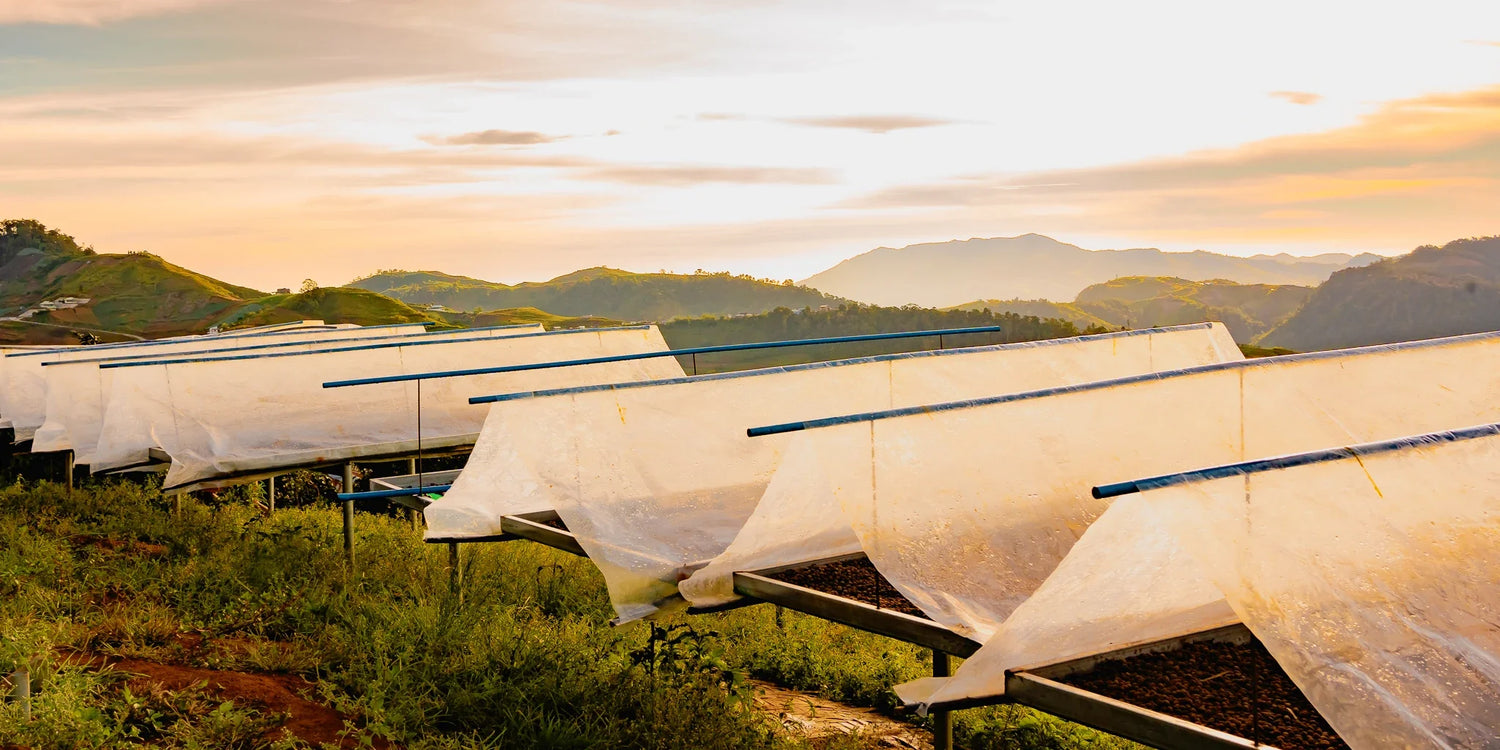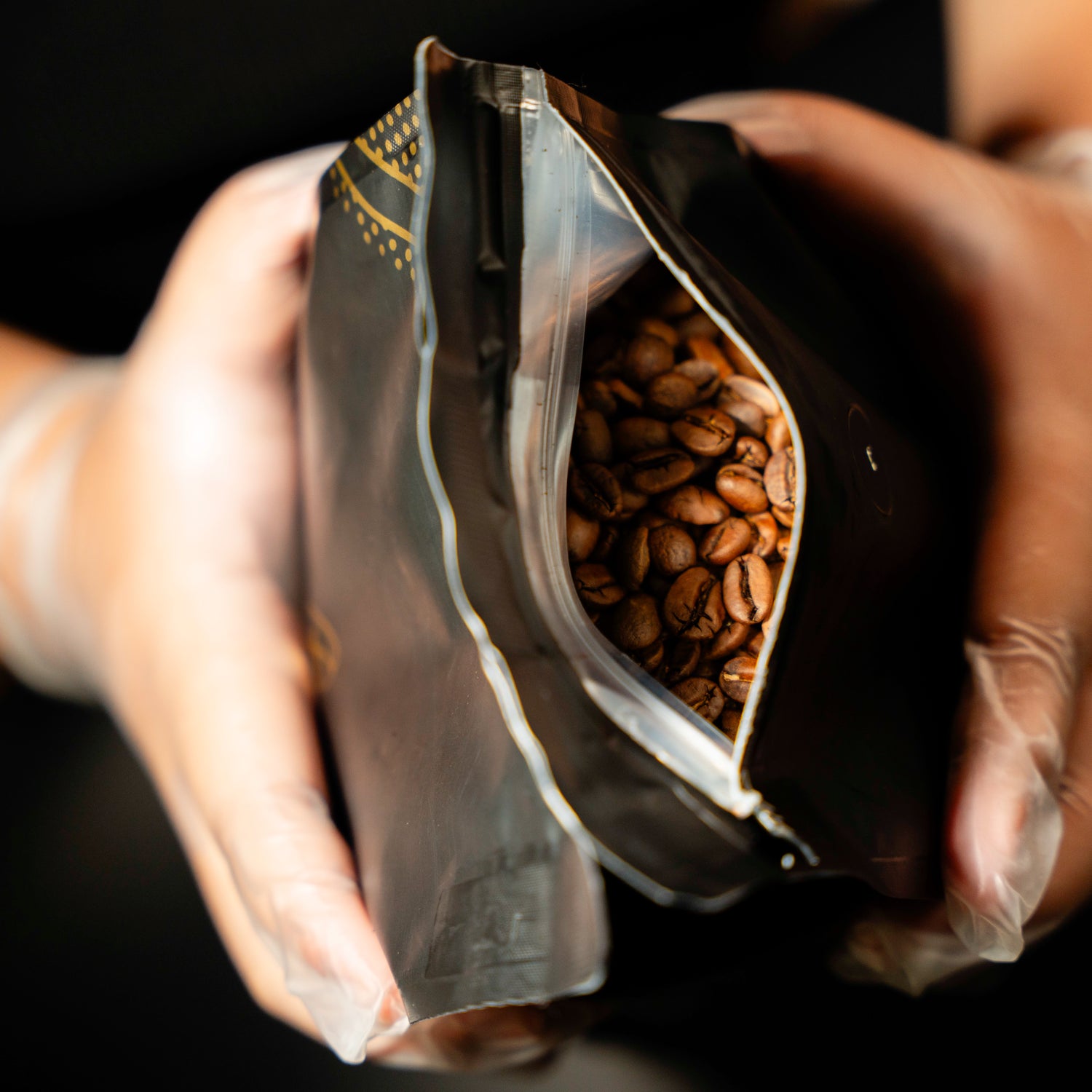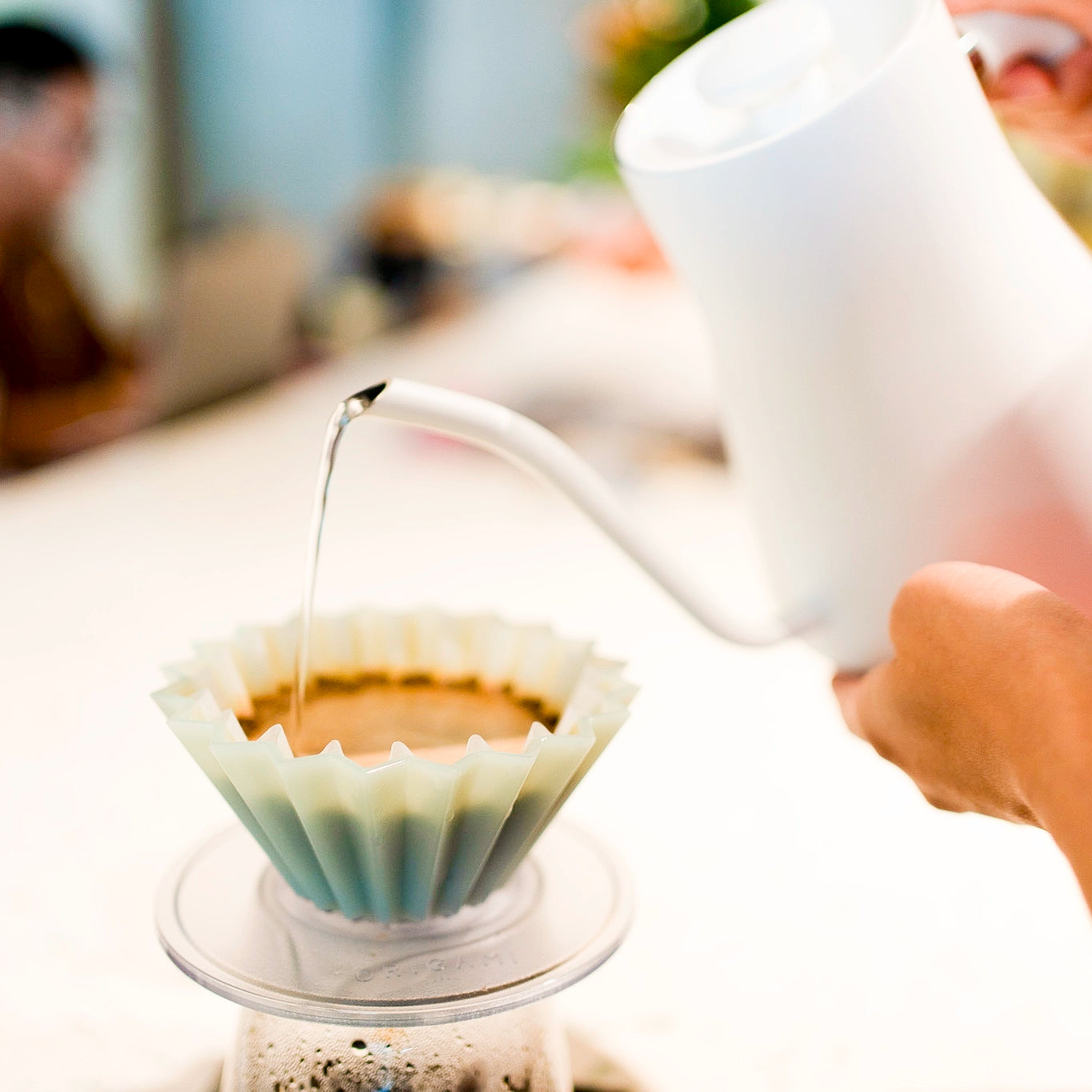If your coffee tastes too sour, bitter, or just plain weak, the problem might not be your beans — it might be your grind size. Whether you’re a home brewer, barista, or café owner, understanding grind size is one of the most important steps to brewing better coffee.
In this guide, we’ll break down what grind size is, how it affects extraction, and how to choose the right grind for every brewing method.
What Is Coffee Grind Size?
Grind size refers to how fine or coarse your coffee beans are ground. This determines how much surface area is exposed to water, and how quickly water flows through the coffee bed.
- Finer grind = more surface area, slower flow, more extraction
- Coarser grind = less surface area, faster flow, less extraction
Getting the grind right is essential for proper extraction — the process of pulling soluble flavors from ground coffee. Grind too fine or too coarse, and you'll either over-extract or under-extract your coffee.
Why Grind Size Matters
Grind size directly affects:
1. Extraction Yield
Finer grinds extract more because water stays in contact with more surface area. Coarser grinds extract less, which can lead to weak or sour coffee if contact time is too short.
2. Flow Rate
In percolation methods (like espresso or pour-over), grind size controls how quickly water passes through the coffee. A grind that’s too fine can clog the filter and slow everything down; too coarse, and water rushes through too fast.
3. Flavor Balance
Grind size influences which flavor compounds are extracted. A well-matched grind size will give you sweetness, clarity, body, and balance. A mismatched grind can make even the best beans taste bad.
Common Grind Size Mistakes
- Using one grind size for all brewing methods
- Not adjusting grind based on brew time or method
- Relying on pre-ground coffee instead of grinding fresh
- Ignoring environmental factors like humidity or bean age
Grind Size Chart by Brew Method
Here’s a quick guide to help you match your grind size to your brewing method:
|
Brewing Method |
Recommended Grind Size |
Texture Comparison |
|
Cold Brew |
Extra Coarse |
Like rock salt or peppercorns |
|
French Press |
Coarse |
Like sea salt |
|
Chemex |
Medium-Coarse |
Kosher salt or rough sand |
|
Drip Coffee Maker |
Medium |
Like regular sand |
|
V60 / Pour-Over |
Medium-Fine |
Like table salt |
|
AeroPress |
Medium-Fine |
Slightly finer than table salt |
|
Moka Pot |
Fine |
Like sugar or flour |
|
Espresso |
Fine |
Very fine, flour-like |
|
Turkish Coffee |
Extra Fine |
Powdered sugar |
How To Know If Your Grind Size Is Off
- Sour or watery? Your grind may be too coarse → under-extracted
- Bitter or dry? Your grind may be too fine → over-extracted
- Inconsistent results? Your grinder may not be uniform (uneven particle sizes cause both over and under-extraction in one cup)
Final Thoughts
Your grind size is one of the most powerful tools you have to control flavor, balance, and brew consistency. Even small adjustments can make a huge difference in your coffee’s taste. By understanding how grind size works and choosing the right one for your method, you’ll be well on your way to brewing better coffee at home or in your café.


